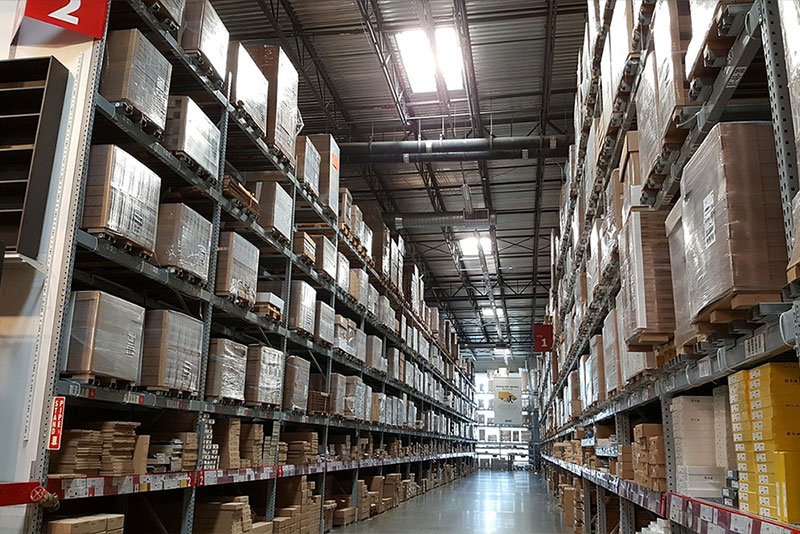When managing a supply chain that involves an overseas warehouse in the United States, conducting regular inspections of goods is crucial to ensure quality control and compliance with standards. Here’s a detailed guide on how to effectively carry out these inspections.

1. **Establish Inspection Protocols:** Begin by defining clear inspection protocols that outline the specific criteria and standards each shipment must meet. This could include quality checks, quantity verification, packaging condition, and adherence to regulatory requirements.

2. **Schedule Inspections Regularly:** Set up a regular schedule for inspections based on the volume of goods received and the nature of the products. This ensures that inspections are consistent and timely.
3. **Utilize Qualified Inspectors:** Hire or train personnel who are experienced in warehouse inspections and familiar with the standards and regulations relevant to your industry. They should be capable of thorough assessments and reporting.
4. **Use Technology to Aid Inspections:** Leverage technology such as barcode scanning, RFID systems, or inspection apps to streamline the process and improve accuracy in recording inspection results.
5. **Document Inspection Findings:** Keep detailed records of each inspection, documenting any issues found and actions taken. This documentation is essential for traceability and resolving disputes with suppliers or customers.
6. **Implement Corrective Actions:** Develop procedures for addressing non-compliance issues identified during inspections. This may involve returning defective goods, negotiating replacements, or implementing changes in the supply chain process.
7. **Monitor Supplier Performance:** Use inspection data to evaluate supplier performance over time. Identify trends or recurring issues that may indicate the need for supplier improvement or reconsideration.
By following these steps, businesses can maintain the quality and reliability of goods stored in US overseas warehouses, ultimately ensuring customer satisfaction and compliance with regulatory standards.